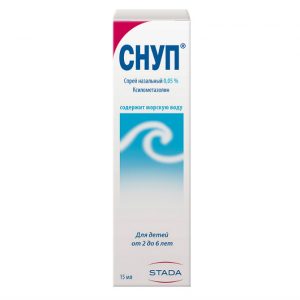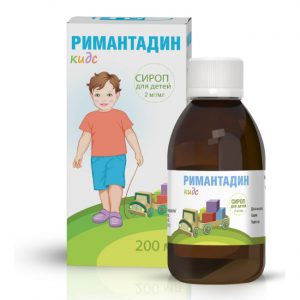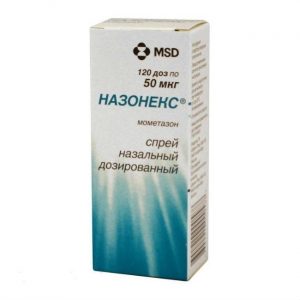Description
Pharmacological action
Antiviral agent, guanosine nucleoside analog with potent and selective activity against hepatitis B virus polymerase (HBV).
Entecavir phosphorylates to form active triphosphate having an intracellular half-life of 15 hours. The intracellular concentration of entecavir triphosphate is directly related to the extracellular level of entecavir, and there is no significant accumulation of the drug after the initial plateau level. By competing with a natural substrate, deoxyguanosine triphosphate, entecavir triphosphate inhibits all 3 functional activities of viral polymerase: 1) priming of HBV polymerase, 2) reverse transcription of the negative strand from the pregenomic mRNA, and 3) synthesis of the positive HBV DNA strand. Entecavir triphosphate is a weak inhibitor of cellular DNA polymerases , And with Ki 18-40 ОјM. In addition, at high concentrations of entecavir triphosphate and entecavir, no side effects were observed with respect to polymerase and DNA synthesis in mitochondria of HepG2 cells.
Pharmacokinetics
In healthy people, entecavir absorption is rapid, Cmax in plasma is determined after 0.5-1.5 hours. With repeated administration of entecavir at a dose of 0.1 to 1 mg, an increase in Cmax and AUC is proportional to the dose. The equilibrium state is reached after 6-10 days of ingestion 1 time / day, while the plasma concentration increases by about 2 times. Cmax and Cmin in plasma in equilibrium were 4.2 and 0.3 ng / ml, respectively, when taking the drug at a dose of 500 Ојg, 8.2 and 0.5 ng / ml, respectively, when taken at a dose of 1 mg. When ingestion of entecavir at a dose of 500 mcg with food with a high fat content or with a low intake, a minimum delay in absorption was observed (1-1.5 hours when taken with food and 0.75 hours when taken on an empty stomach), a decrease in Cmax by 44-46% and a decrease AUC by 18-20%.
Vd entecavir exceeded the total volume of water in the body, indicating a good penetration of the drug into the tissues. The binding of entecavir to human plasma proteins in vitro is about 13%.
Entecavir is not a substrate, inhibitor, or inducer of isoenzymes of the P450 system. After the administration of labeled 14C-entecavir to humans and rats, oxidized or acetylated metabolites were not detected, and phase II metabolites (glucuronides and sulfates) were determined in small quantities.
After reaching Cmax, the concentration of entecavir in the plasma decreased biexponentially, while T1 / 2 was 128-149 hours. When taken 1 time / day, the concentration (cumulation) of the drug increased by 2 times, that is, the effective T1 / 2 was approximately 24 hours.
Entecavir is excreted mainly by the kidneys, moreover, in equilibrium in an unchanged form in the urine, 62-73% of the dose is determined. Renal clearance is dose-independent and ranges from 360 to 471 ml / min, which indicates glomerular filtration and tubular secretion of entecavir.
Indications
Chronic hepatitis B in adults with compensated liver damage and the presence of viral replication, increased levels of serum transaminases (ALT or ACT) and histological signs of inflammatory process in the liver and / or fibrosis with decompensated liver damage.
Contraindications
Children and adolescents under 18 years of age are hypersensitive to entecavir.
Composition
1 tab.
entecavir monohydrate * 0.5325 mg
which corresponds to the content of entecavir 0.5 mg
Excipients: lactose monohydrate ** – 120.5 mg, microcrystalline cellulose – 69 mg, crospovidone – 8 mg, magnesium stearate – 2 mg.
Film composition: hypromellose 2910 – 6.485 mg, macrogol 6000 – 1.6 mg, titanium dioxide – 1.44 mg, talc – 0.475 mg.
* Theoretical value. The actual value of the amount of entecavir used depends on the actual analysis of the active substance (as it is from about 93-94%) and is adjusted by the lactose content of the monohydrate.
** Theoretical value. The actual amount of lactose monohydrate used depends on the actual amount of active ingredient used.
Dosage and administration
Take orally. The dose is 500-1000 mcg 1 time / day. The frequency of administration depends on the degree of impaired renal function, indications of a history of therapy with nulloside drugs, and liver condition.
Side effects of the
From the digestive system: rarely – diarrhea, dyspepsia, nausea, vomiting, possibly – increased transaminase activity.
From the side of the central nervous system: often – headache, rarely fatigue – insomnia, dizziness, drowsiness.
On the part of the immune system: possibly an anaphylactoid reaction.
From the skin and subcutaneous tissue: possibly – alopecia, rash.
From the side of metabolism: possibly lactic acidosis (general tiredness, nausea, vomiting, abdominal pain, sudden weight loss, shortness of breath, rapid breathing, muscle weakness), especially in patients with decompensated liver damage.
In addition, in patients with decompensated liver damage, the following side effects were additionally observed: often – a decrease in the concentration of bicarbonate in the blood, an increase in ALT activity and a concentration of bilirubin by more than 2 times compared with VGN, an albumin concentration of less than 2.5 g / dl, an increase in activity lipase more than 3 times compared with normal, platelet concentration below 50,000 / Ојl rarely – renal failure.
Dispensing conditions from
pharmacies Prescription
dosage form
tablets




